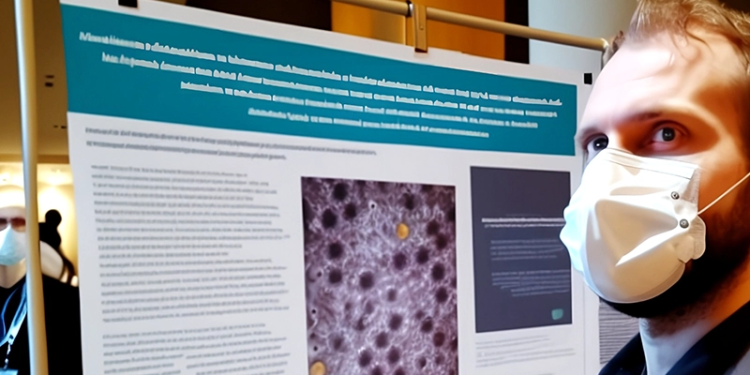Hi Dennis,
The only competitive bidding demonstration project to include some orthotics began 1 1/2 years ago in San Antonio, Texas. The “savings” from those competitively bid orthoses averages around 19-20% of current Medicare allowables. However, that demonstration project doesn’t end until 12-31-2002.
Proponents of any form of competitive bidding for O&P are only looking at the “front end savings” of the San Antonio project. They are not taking into consideration the fact that the San Antonio project is flawed, incomplete, and has not been studied.
Anyone proposing anything less than a complete exemption of O&P from competitive bidding has not taken into consideration the following:
* Medicare told the beneficiary communities that they “will receive higher
quality services and products” as a result of competitively bidding certain non-customized orthoses. However, Medicare has not completed the San Antonio demonstration project and cannot evaluate the effects of their experiment. (The required annual report is not available at CMS’ website.) Any consideration for national competitive bidding for O&P is extremely premature.
* The code selection process was not consistent with consideration for the
beneficiary’s access to care. Of all of the codes selected, 60% of Medicare’s 1998 reimbursements went to services provided at nursing, skilled nursing, and custodial care facilities. The effect of limiting, or hampering, the beneficiary’s choice of, or access to, contract providers outside of their residential facility has yet to be determined.
* In 1998, it was estimated that 91% of all beneficiaries in the three
county San Antonio area were “new” beneficiary users; as compared to 6% for oxygen and 19% for wheelchairs. All new beneficiaries receiving certain orthotic care would have to seek a contracted provider. Any effects of limited access or quality of care has yet to be studied.
* Codes reflecting lower extremity fracture orthoses (L2132, L2134, L2136)
were competitively bid. The effect of this experiment on a beneficiary’s treatment for soft/connective tissue injuries, post cast removal, or acute/healing fractures has not been investigated. The effects on standards of care for the Medicare beneficiary regarding lower extremity treatment or management is suspect.
* Inappropriate orthotic procedure codes were included which are outside
the purview of the Medicare program. Orthotic procedures commonly used in the care of pediatric population needs (L2040, L2050, L2060, L2070) will not reflect sufficient data regarding any savings to the Medicare program because the codes will be underutilized. Including these types of codes will only skew the overall competitive bidding results because they will simply reflect a discount, not an actual savings.
* The codes selected were not based on appropriate utilization data. When
program savings are being investigated, utilization data should reflect common procedures or devices and should not be based on insignificant data. Medicare selected some orthotic procedure codes which represent only .04%
(1/2575) of the total number of orthotic procedures selected for the project. The bidding process for those codes was therefor not representative of what would be expected in a normal bidding process.
* The majority of the orthoses selected require some degree of custom
fabrication or fitting to the patient. There were extremely few truly “non-customized” orthoses involved that did not require any level of professional skills. Non-customized orthoses should reflect only those devices which are equivalent to those which can be bought over-the-counter or purchased from the show-room floor, such as catheters, surgical dressings, walkers, and canes. It is questionable whether the contracted bidders were able to provide a level of service consistent with the intent of the selected L-codes, or the prescribing physician’s or consumer’s expectation.
I hope that you and others will help NAAOP push for an exemption of O&P from developing legislation. Before an experiment is used as a model, the experiment, in this case, should be validated against expectations.
Please voice some of these concerns when you call or write your Congressman.
Michael J. Allen, CPO, FAAOP
President
National Association for the Advancement of Orthotics & Prosthetics
In a message dated 5/25/2002 1:03:15 PM Central Daylight Time, [email protected] writes:
> dear list serve, I don’t understand about where they are getting
> competitive bidding will save them money.




